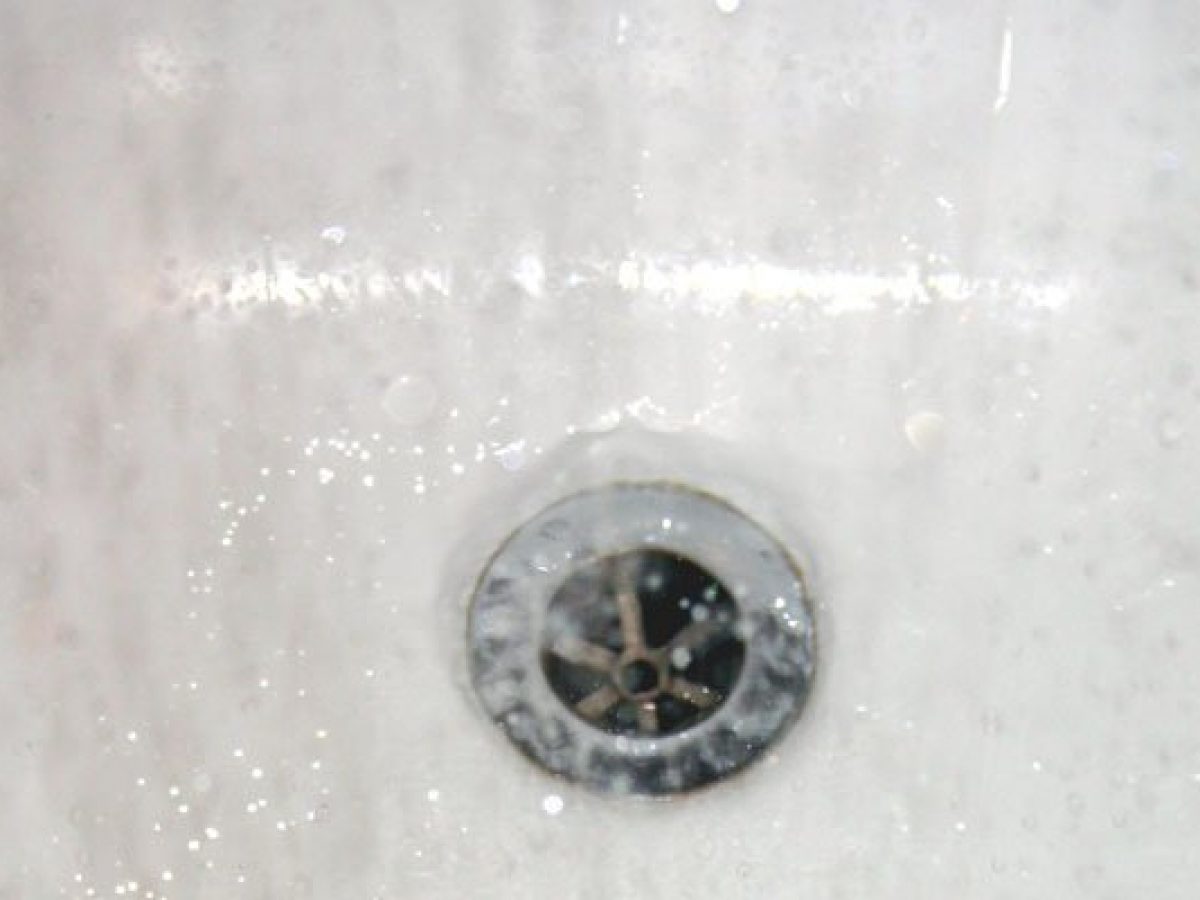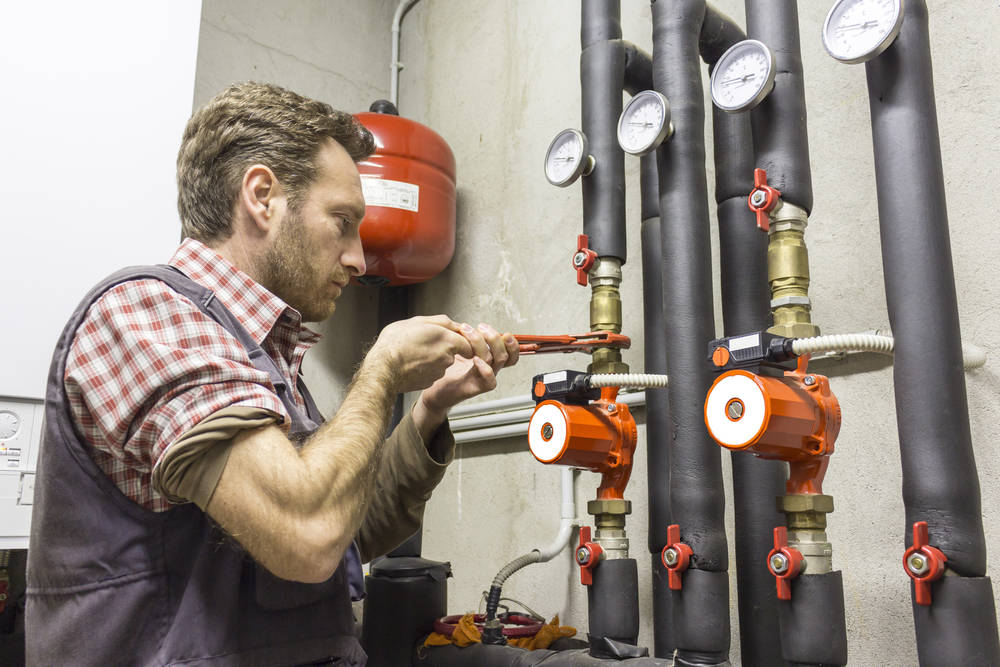Mastering Pipe Winterization: Five Key Hacks to Use in Frigid Temperatures
Mastering Pipe Winterization: Five Key Hacks to Use in Frigid Temperatures
Blog Article
Here below yow will discover a bunch of good details concerning How to stop pipes from freezing during the winter.

All property owners who live in warm climates should do their finest to winterize their pipelines. It is something you should do throughout fall before deep winter season absolutely starts. Failure to do so can lead to disaster like frozen, fractured, or burst pipes. If the weather condition outside is shocking, right here are some useful winterizing hacks to maintain your plumbing system secured even.
Attempt a Hair Dryer or Warm Weapon
When your pipes are practically freezing, your trusty hair dryer or warm weapon is a godsend. If the warm towels do not aid remove any type of resolving ice in your pipes, bowling hot air directly into them may help. You might end up harmful your pipelines while attempting to thaw the ice.
Open Cupboard Doors Hiding Plumbing
When it's chilly outside, it would certainly be handy to open up closet doors that are masking your pipelines. They can be someplace in your kitchen or washroom. This will allow the cozy air from your heating system to flow there. As a result, you stop these revealed pipes from cold. Doing this little trick can keep your pipelines warm as well as restrict the possibly harmful end results of freezing temperature levels.
Take Time to Cover Exposed Water Lines
One very easy as well as cool hack to warm up icy pipes is to wrap them with cozy towels. You can cover them initially with towels. After securing them in position, you can pour boiling water on the towels. Do it slowly to let the towels soak up the fluid. You can likewise use pre-soaked towels in hot water, just do not fail to remember to use protective handwear covers to protect your hands from the heat.
Turn On the Faucets
When the temperature decreases as well as it seems as if the icy temperature will certainly last, it will certainly assist to transform on your water both inside and also outdoors. This will certainly maintain the water streaming with your plumbing systems. You'll end up squandering gallons of water this means.
When Pipelines are Frozen, close Off Water
If you see that your pipes are completely icy or virtually nearing that stage, turn off the main water valve quickly. You will generally discover this in your cellar or utility room near the heating system or the front wall surface closest to the street. Transform it off today to avoid more damage.
With even more water, even more ice will stack up, which will eventually lead to rupture pipes. If you are unclear concerning the state of your pipes this wintertime, it is best to call an expert plumber for an inspection.
All property owners that live in warm environments must do their best to winterize their pipelines. Failing to do so can lead to catastrophe like icy, cracked, or ruptured pipes. If the warm towels do not help displace any settling ice in your pipes, bowling warm air directly right into them might help. Transform off the major water shutoff quickly if you see that your pipes are entirely icy or practically nearing that phase. With more water, more ice will pile up, which will eventually lead to break pipes.
PREVENT YOUR PIPES FROM FREEZING THIS WINTER
A Leading Cause of Property Damage
When the weather is taking a deep nose dive into the cold dreary days, the risk of your pipes freezing and potentially bursting skyrockets. Unfortunately, during these cold dreary months, burst pipes are the most common denominator for property damage. The pipes that are most at the risk are those that are in areas where it is most cold in your home. For instance, pipes located in interior places such as basements, attics, and your garage. Unfortunately, that doesn’t mean that the pipes running through your cabinets or exterior walls can’t freeze. Good news, however, is that you can do things to help prevent pipes from freezing.
How to Prevent Pipes From Freezing
Once the temperature starts to drop during the winter, you should be taking the proper measures needed to ensure that your pipes stay warm and that there is circulation of water through them. Some steps that experts may recommend could go against your better judgement when it comes to saving water and heat. However, it would go without saying that when expenses are compared, damaged pipes could put a bigger dent in your wallet than a water bill.
What Can I Do?
Keep your garage door closed. This is very important, especially if you have water supply lines running through your garage. Open your kitchen and bathroom cabinets to allow warm air to circulate through them. Allow air circulation throughout your home. Keeping the interior doors open will once again allow the warm air to circulate inside your home. Ensure your thermostat is running the same temperature throughout the night and day. If you plan to be away from home during the cold months, set your temperature no lower than 55° F. This should provide enough heat to keep the pipes warm and prevent any remaining water inside the pipes from freezing. For more of a long-term solution, add insulation to attics, basement, and other crawl spaces around your home. By allowing your faucet to drip, it will alleviate pressure in the system. This is important because the pressure that is created between the blockage and the faucet can potentially cause the pipes to burst. Allowing the faucet to drip will prevent the pressure from building up, therefore keeping the pipes from bursting. Seal any cracks, openings, and crawl spaces around your home to prevent cold air from coming inside. This keeps your pipes-not to mention your home-warmer and less susceptible to issues caused by freezing temperatures. For the pipes in your home that are easily accessible, applying electrical tape to them might prevent them from freezing over. This is a quick fix, as you can apply the tape directly to the pipe. There are two options for heating tapes. One turns on and off by itself when it senses heat is needed. The other type of heating tape needs to be applied when heat is needed and removed when not necessary. If you have exposed pipes in your home, you can check this website to take a look at a few options that would be available at a shop near you.

Do you really like reading up on How to Prevent Frozen Pipes? Place a remark further down. We'd be interested to hear your opinion about this piece. We hope that you come back again in the near future. Are you aware of another person who is involved in the topic? Take a moment to share it. I praise you for your time. Visit us again soon.
Contact Us Today Report this page